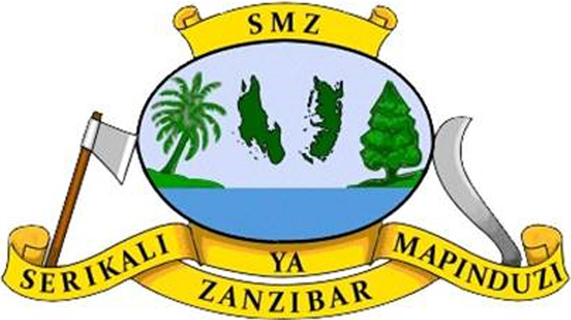Subject and Topic
Description
- Determine the variables that affect how charged bodies interact.
- Predict how charged bodies will interact.
- Describe the strength and direction of the electric field around a charged body.
- Use free-body diagrams and vector addition to help explain the interactions.
Language
English
Resource Type
Publisher
pHET Interactive Simulations
Publication Date
Copyright Licence
Copyright Holder


